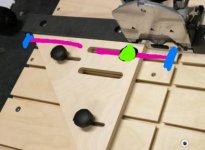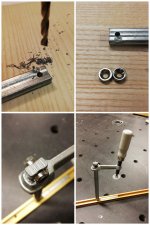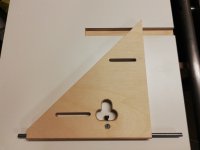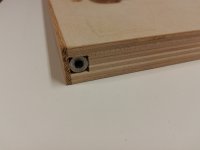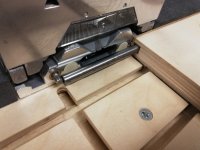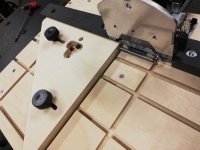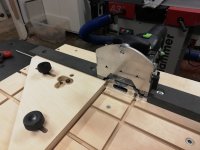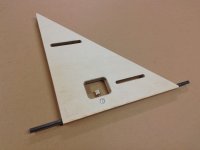Ola C
Member
- Joined
- Dec 17, 2019
- Messages
- 50
Roachmill said:I'll add my thanks and intention to steal that idea forthwith
For times when you want to exactly mirror the main stop distance from the centre of the bit I'd wonder if something operating like a ruler or t-track with a stop on it could be used. It could reference from the side of the Domino machine and fixed fences with the moveable stop referencing of the main stop. Could be easier than cutting a reference piece indexing off the pins?
Thanks! I had something similar in mind, my idea was like a round steel rod housed inside the flip fence, retractable and lockable lengthwise, still indexing the pin. So, when it's time to flip the fence I slide out the steel rod until it stops against the pin, lock it and then flip fence. I assume the pins are better references for the center of the cut than the outer surfaces of the machine base are but I might be wrong.
Problem with the rod idea is that I want to index the base of the pins as they flex more further out and then my hole would end up very close to the edge.
Edit. Stupid me [smile]. I can place the hole further from the edge and have a pointer att the edge of the rod, indexing the pin. Will make a quick sketch.
Something like this. Pink is a round steel rod that runs in a round hole in the fence, rod has a T or L thing screwed to the front. Steel rod locks with green knob (which needs to lock from side as any protruding part will cause interference when flipped). Might be possible to run one rod through entire fence, if not I move it to other side for mitered corners mode.
[attachimg=1]

